Over the next few months I am going to discuss in further detail the physical assessment I do for new and existing clients.
I am currently based in Harrogate working as a personal trainer, rehabilitation specialist, and Holistic Lifestyle Coach at Harrogate Sports and Fitness Centre.
I wanted to give you an insight into how I do a full physical assessment with a client. The Totem Pole pictured at the bottom of the blog demonstrates every aspect of the assessment and starts with the most important for survival to the least important. For example our eyesight is a more influential system than our joints.
Here are the components of the assessment:
- Breathing -TALKED ABOUT IN TODAY’S BLOG.
- Mastication (JAW)
- Vision
- Auditory / Vestibular
- Cranio Cervical
- Visceral Health
- Limbic/Emotional
- Sacro occipital
- Joints
Breathing is the most important component of human survival. The human body can go without food or water for quite some time but it cannot survive much longer than 3 minutes without breathing, therefore you could say that oxygen is the most important nutrient for the body.
It is important to know that our breathing is compromised through incorrect mechanics, stress, exposure to toxins, poor posture, poor lifestyle,compromised bite,teeth, jaw, and the surrounding muscles.
When you have a incorrect breathing pattern like many people do it will affect numerous systems in the body such as:
- Hormones
- Muscles
- Emotions
- Organ function
This can result in:
- Poor athletic performance
- Joint pain
- Back pain
- Poor and disturbed sleep
- Strength reduction
- Postural dysfunctions such as forward head posture, flat feet, and rounded shoulders.
- Poor energy levels
- Compromised immune system
- Increased cortisol (stress)levels
If you are reading this blog the likelihood is, is that you have a breathing pattern disorder. Almost every client I have assessed dominates their breathing in with an initial lifting of the chest when in fact the first two thirds of inhalation should come from the abdominal wall expanding so the diaphragm can open and the rib cage can lift up. See below 1st image representing incorrect way and the 2nd image representing correct way..
Please see video of the correct breathing mechanics.
Other points on breathing
Breathing in, the air should come through the nose (not the mouth)
Breathing out, the air typically comes out through the mouth. However breathing out through the nose is ok too, and often better.
In some methods you can do inhalation through the nose and exhalation through the nose. This is a typically useful method when you are re educating someone with a breathing dysfunction.
Mouth breathing
This is the most common dysfunction you find in adults and children and this is caused by a few factors such as:
- Dental Malocclusion and Craniofacial structures – if your teeth and the jaw are not in the correct position it will encourage mouth breathing and compromise your posture. Please see my blog for more information: Click here to go to the blog
- Nasal Congestion
- Posture – often created by Dental Malocclusion.
- Trauma – such as whiplash injuries.
- Stress.
- Malnutrition
- Weak tongue
Once you have established the causes of your breathing pattern dysfunction you can then begin to re educate your body and brain with nasal and abdominal breathing
NOTE AS A REMINDER: on inhalation the belly should expand and the air should enter through the nose.
Here are the benefits of nasal breathing
- Increases nitric oxide in the blood and body. Nitric oxide is a very powerful vasodilator. Vasodilatation will promote a widening of your blood vessels which will enhance blood flow.
- Decreases blood Pressure
- Reduces stress activating your parasympathetic nervous system. A parasympathetic state puts your body in the mode of rest and digest. In addition this will allow muscles and lungs to relax.
- Receives tension in the muscles which help contribute to good posture.
- Improves day to day recreational and sporting performance.
- Nose Breathing will also have an affect on brainwaves. Nose breathing will help promote a state of Alpha which is the state of calm and efficiency. You can view the different brainwaves below. Think of the influence this could have on your sporting and work performance.
Brainwaves
Gamma +32 Hz High frequency – stress, fight or flight, high mental activity
Beta 15-31Hz – awakening and active attention
Alpha 8-12Hz – calm and efficiency
Theta 4-8Hz – light sleep or deep mediation
Delta 0.5-4Hz – deep sleep
Some of the breathing exercises I will demonstrate to you will put you into Theta State like the 2 second inhale (nose) 4 seconds exhale nose, and 4 seconds pause. Please also keep in mind the correct position of the tongue when performing.
The correct tongue position
When performing all the exercises the tongue should be placed on the roof of the mouth (the palate) behind the front teeth. This help to stabilise the neck,encourage better breathing mechanics, and improve cervical posture. You can find this position by placing the tip of the tongue by behind the front teeth. Once you have done this hold the tongue in that position and swallow. This will put the tongue in the correct position.
Below is a visual demonstration of this. The tongue should make contact with all 3 areas.
Here are some exercises for improving breathing and stretching the diaphragm:
WARNING: PLEASE DO NOT PERFORM THE DIAPHRAGMATIC STRETCHES WITHOUT WATCHING THE VIDEOS. THE PRONE DIAPHRAGM STRETCH CAN ONLY BE PERFORMED IF YOU HAVE NEVER OR DO NOT HAVE AN ABDOMINAL HERNIA OR ARE PREGNANT. THE SUPINE DIAPHRAGM STRETCH SHOULD NOT BE PERFORMED IF YOU HAVE A BACK INJURY.
What are the next steps for me?
- If you can get assessed by myself I will be able to offer a comprehensive assessment of your breathing along with a fully comprehensive assessment of you overall physical health.
- Test your breathing by measuring your control pause – you can also google control pause test for written instructions too.
- Try these breathing exercises and diaphragmatic stretches above to help promote the correct breathing mechanics and tongue position,. Here is the video again.
- Ensure to read my blog on health of the teeth and jaw: Click to go to my blog
- You can get a full Biological screening of your jaw and teeth at Cote Royd Dental Practice.
- You can purchase a TMJ activator from Posture Pro – this will help promote nasal breathing and will allow the tongue to sit on the palate.
- Test your flexibility after 4 weeks of performing the exercises.
There are of course many other methods using breathing to help you relax. Please take note that these are just a few practical techniques and methods that you can use for better mechanics and performance.
I hope you find these useful.
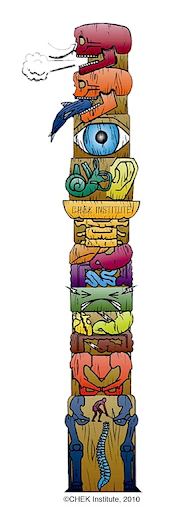
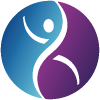
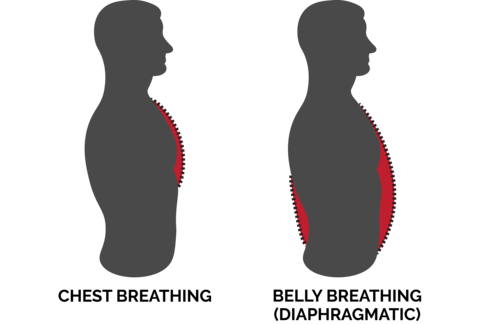
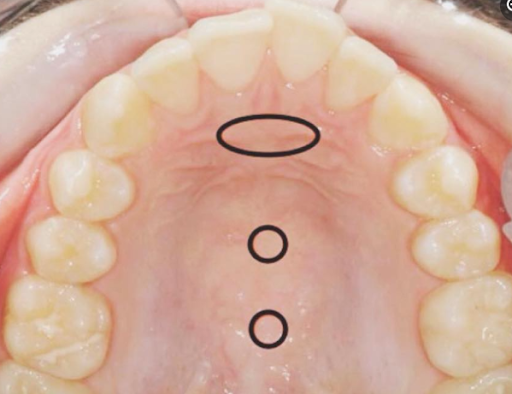
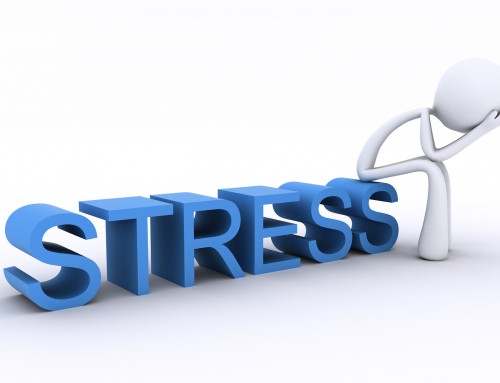
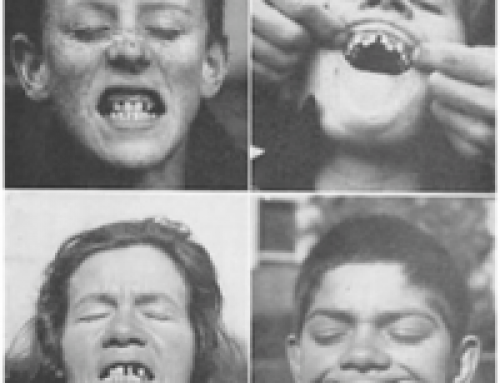


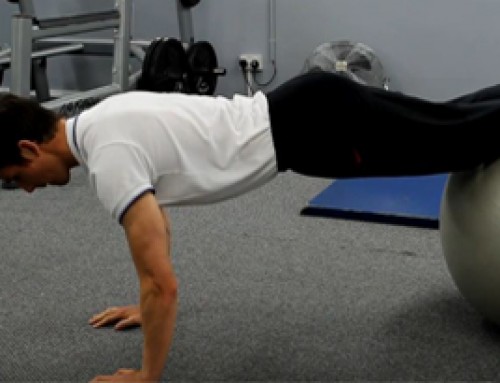
Leave A Comment